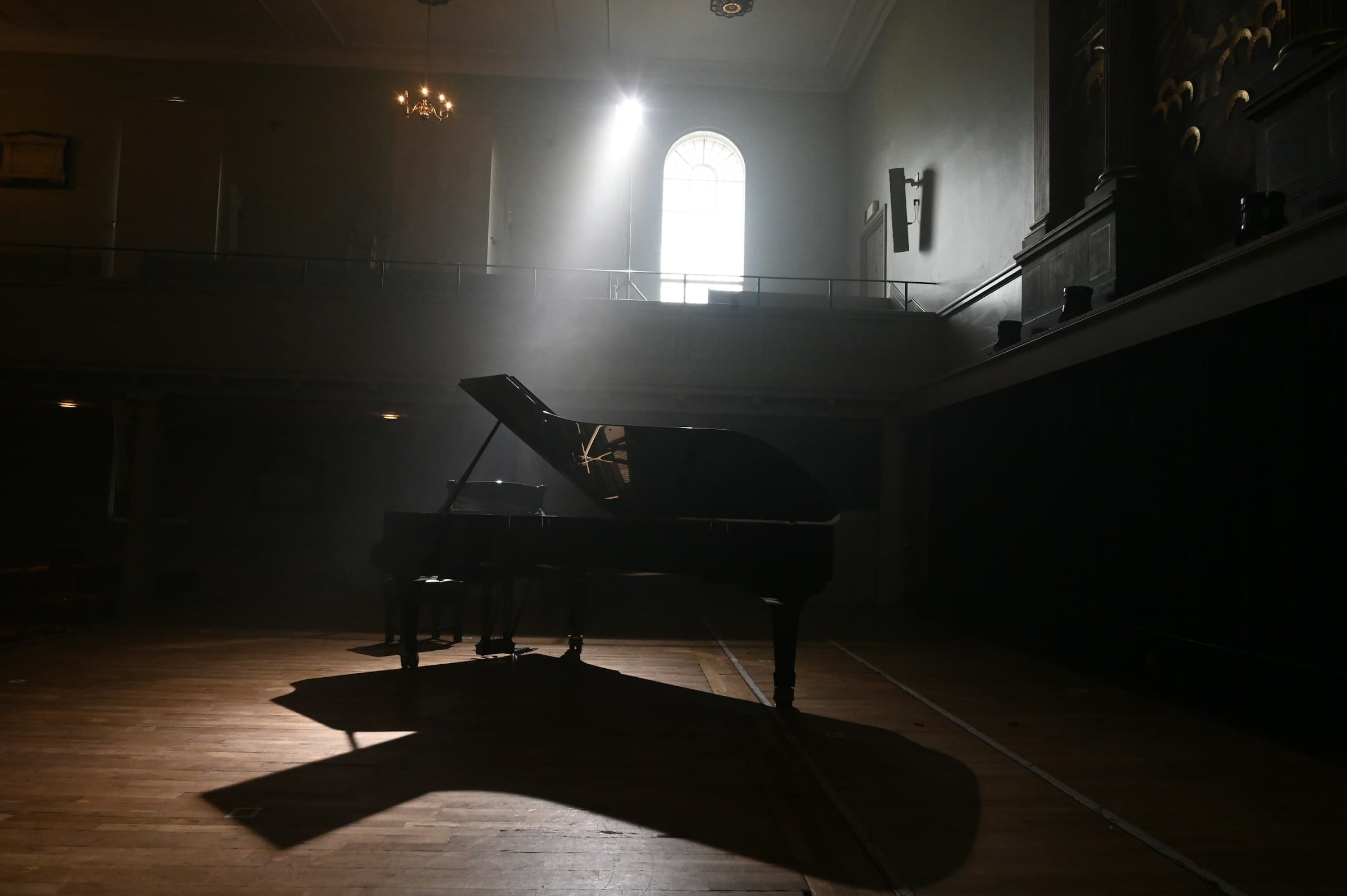
About IV Chopin Competition Edition
Winners
Halina Czerny-StefańskaPoland
1st Prize
Halina Czerny-StefańskaPoland
2nd Prize ex aequo
Bella DavidovichRussian Federation
2nd Prize ex aequo
Barbara Hesse-BukowskaPoland
3rd Prize
Waldemar MaciszewskiPoland
4th Prize
Gieorgij Murawlow
5th Prize
Władysław KędraPoland
6th Prize
Ryszard BakstPoland
7th Prize
Yevgeny MalininRussian Federation
8th Prize
Zbigniew SzymonowiczPoland
9th Prize
Tamara GusevaRussian Federation
10th Prize
Victor MerzhanovRussian Federation
11th Prize
Regina SmendziankaPoland
12th Prize
Tadeusz ŻmudzińskiPoland
Jury
Henryk SztompkaPolska
Émile BosquetBelgia
Godfrid BoonSzwecja
Jan EkierPolska
Lajos HernádiWęgry
Jerzy ŻurawlewPolska
Margerita Trombini-KazuroPolska
Pavel SerebryakovRosja
Marguerite LongFrancja
Magda TagliaferroBrazylia
Lucette DescavesFrancja
Roman JasińskiPolska
Joseph MarxAustria
Carlo ZecchiWłochy
Stanisław SzpinalskiRosja
Jan HoffmanPolska
František MaxiánCzechy
Blas Dimas GalindoMeksyk
Zbigniew DrzewieckiPolska
Marcelina Kimontt-JacynowaPolska
Sem DresdenHolandia
Bolesław WoytowiczPolska
Franz Josef HirtSzwajcaria
Lev OborinRosja
Lazare LévyFrancja
Arthur HedleyWielka Brytania
Alfred MendelsohnRumunia
Lélia GousseauFrancja
Dimitar NenovBułgaria
Information
The first post-war International Fryderyk Chopin Piano Competition was held in 1949. In connection with the centenary of Chopin’s death, that year was named Chopin Year by the Council of Ministers. The piano tournament was accompanied by composition and sculpture competitions, stationary and travelling exhibitions, and numerous concerts at home and abroad. A complete edition of Chopin’s works was also inaugurated under chief editor Ignacy Jan Paderewski.
The Competition was financed from government funds, as were grants and training camps for the Polish pianists. The young musicians were given access to the best pianos, test recordings were made, and the Poznań Philharmonic Orchestra was even brought in to a summer course held in Łagów Lubuski, so that the course participants could practise the concertos with its accompaniment. Those were conditions that Polish pianists could only have dreamt of up to then. The whole programme of preparations was overseen by a Pedagogic Committee attached to the Ministry of Culture and the Arts, comprising pre-eminent Polish teachers, who followed the progress of each of the participants. The collective work brought excellent results: an exceptionally strong contingent was formed, which made a clean sweep of the podium places (the Polish pianist Halina Czerny-Stefańska shared first place with the Russian Bella Davidovich).
The Competition was divided into three stages, with the addition of a qualifying round without audience (this was for candidates who had not taken part in national qualifying rounds). During the first two rounds, the jury listened behind wooden shutters, so as not to see who was playing. The competitors performed not under their names, but with numbers they had drawn. This was an experiment that failed to catch on and has never been repeated. An innovation for the third round was the performance of a concerto in its entirety (previously, only two movements were played), and the upper age limit was raised to thirty-two.
Due to the war-time destruction of the Warsaw Philharmonic, the auditions were held at the Roma Theatre on Nowogrodzka Street.
Plakat
The 4th Chopin Competition took place 12 years after the third edition, in 1949. Its poster was the first to be created after the wartime. Although the composition still follows a traditional poster format, the amount of text was reduced. The block of text exists mainly due to the bilingual content. The first post-war competition was organized on the 100th anniversary of Fryderyk Chopin’s death. One might expect the poster to highlight this significant date, distinguishing itself from its predecessors. Interestingly, this is the only poster in the competition’s history with an unknown author. The only available information is about the printing location: “Styl” Graphic Works in Kraków.

